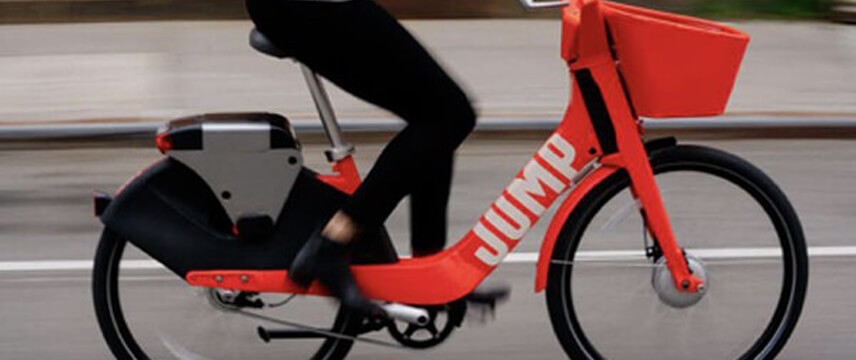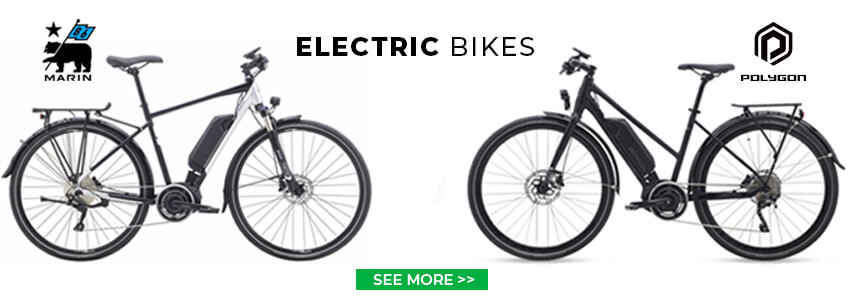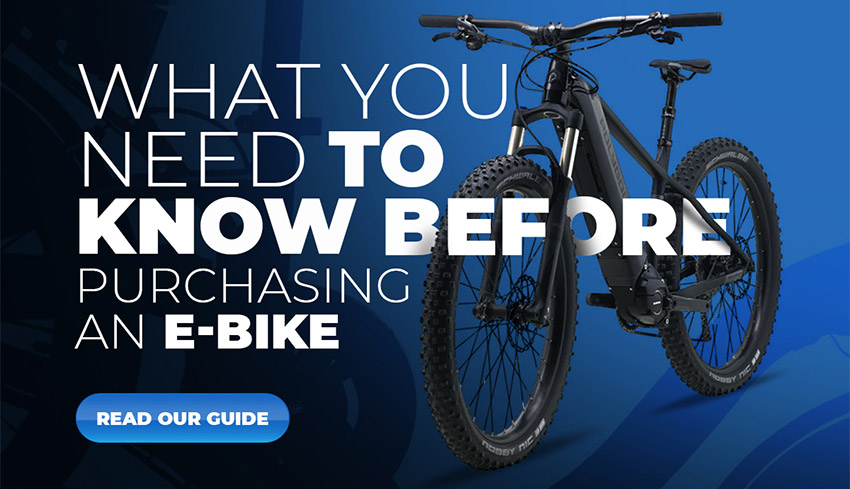The Electrification of Personal Transport
Really, the first form of modern personal electric transportation that gained popularity was the Segway. The Segway was way ahead of its time – it was really breakthrough technology at the time.
But then this happened….

In that moment, both George Bush and the Segway share price, plummeted. This event pretty much relegated the Segway to malls, airports and Olympic stadiums, usually manned by security personnel.
Oh, this probably didn’t help either.
It was probably all a bit of a case of bad timing, as not only was the technology well ahead of its time, the Segway was well ahead of community acceptance and ultimately too far ahead of legislation - as no one could decide where they belong; on the road or on the sidewalk.
Any lasting hope for the Segway, went off a cliff - literally, with the CEO James Heselden, accidentally steering him and his Segway off a cliff. Click here to see the article.
It’s probably safe to say that the modern-day hoverboard, a much cheaper version of the same technology, has probably suffered the same fate. Its problems were perhaps related to quality control issues like this…
Personalised electric transportation, however, goes back much further than you would think – like 100 years plus further, and involves our humble friend, the bicycle.

The image above is from 1932, and whilst it isn’t the first electric bike, at least it had desirable looks, which in all fairness, have plagued many modern entry-level ebikes.
Australia has had a more turbulent relationship with ebikes than most countries. For quite some time we had our own unique set of regulations, based around a nominal standard of 200 watt. Our market being so small meant that few manufacturers would custom design their ebikes for our market, and hence Australian customers had a pretty poor selection to choose from.
Luckily about 5 years ago the powers that be, decided to homologate the regulations to incorporate the 250 watt European standard. This meant it has been a lot easier to order the smaller quantities that our Australian market can afford.

With the litigious environment that is Australia, the ebike has solidified itself as the only powered vehicle that is allowed on the road, unregistered and unlicensed. Of all the other alternatives such as Segways, electric scooters, hoverboards, electric skateboards - none of them are legally allowed to be used on the road or bike paths across all Australian states.
Globally there are some pretty big players that are trying to disrupt the market for personalised electric transportation, and this includes those companies involved in the share economy, think Uber, AirBnb etc...

So expect to see the resurgence of bike share companies coming back with ebikes, and possibly even escooters, whether or not they are legally allowed.
So regulations will need to keep up with the technology, in all areas - including public transportation, recreational riding and even in areas where we really shouldn’t be seeing electric assistance at all...
____________________________________________________________________________________________________________
 AUS
AUS USA
USA




.jpg)
























